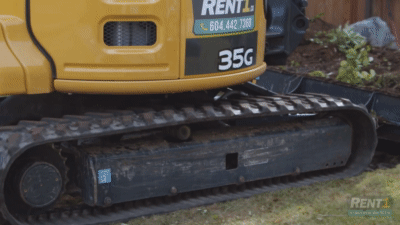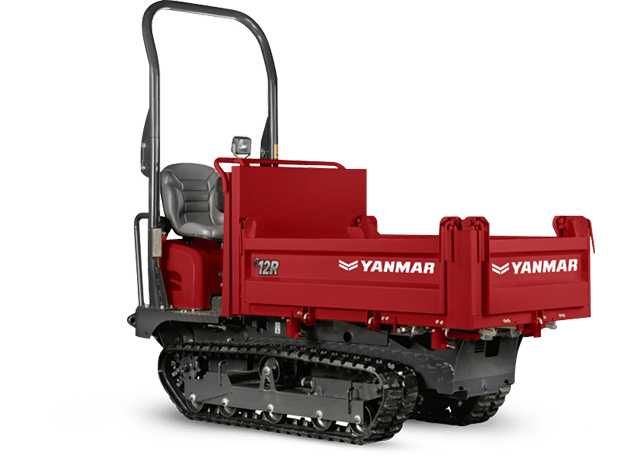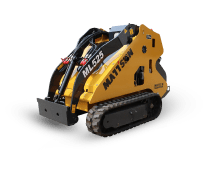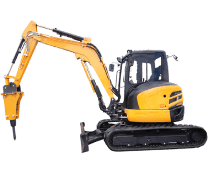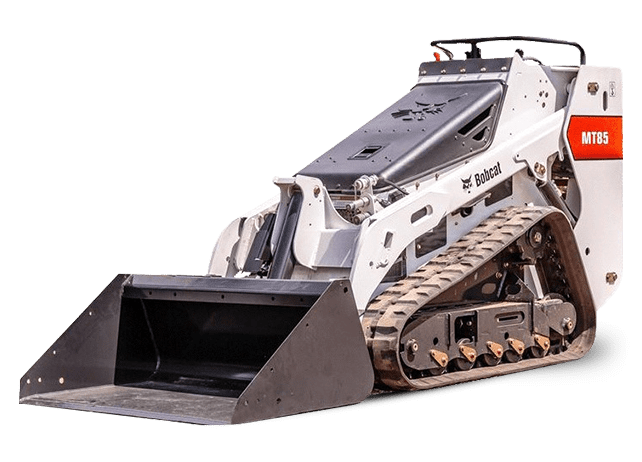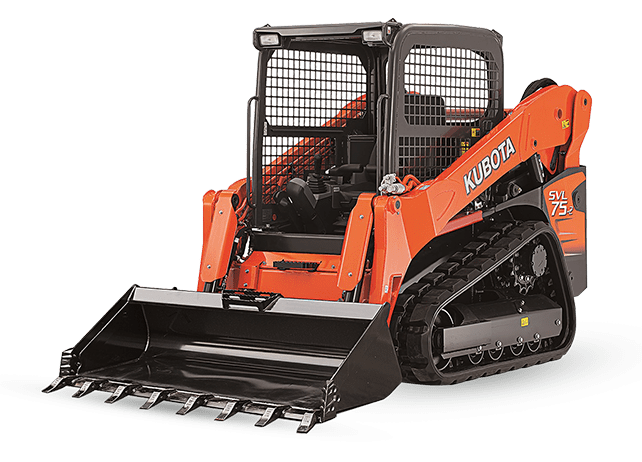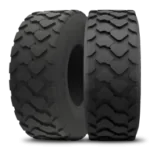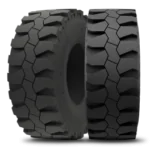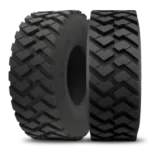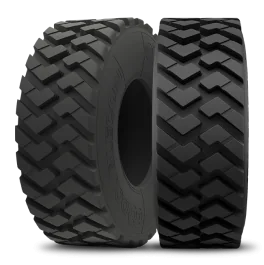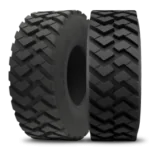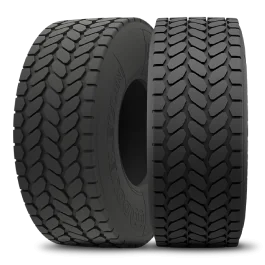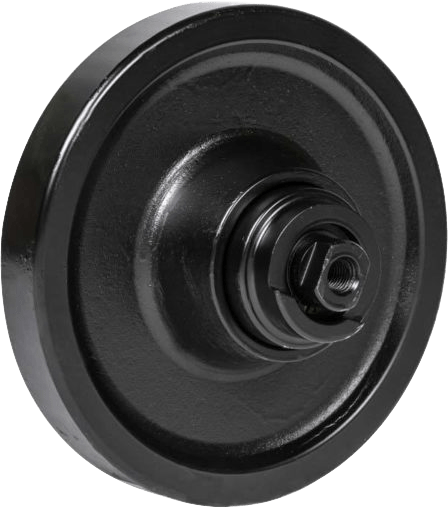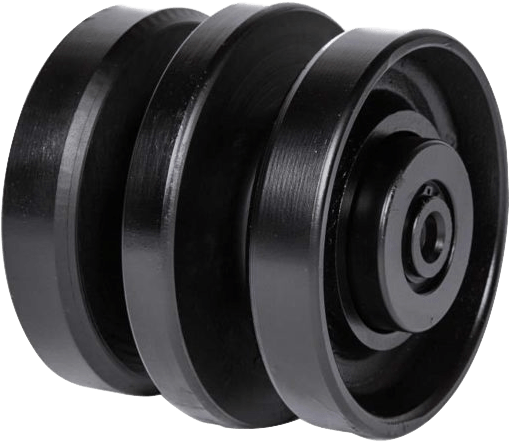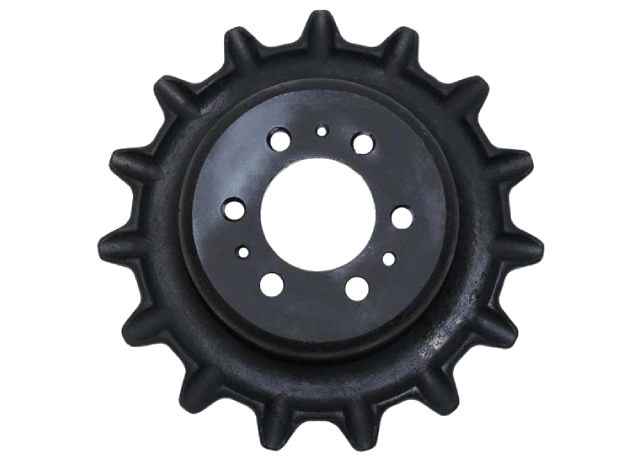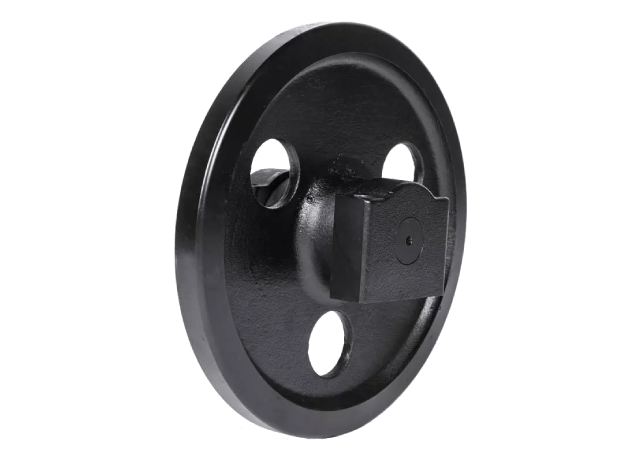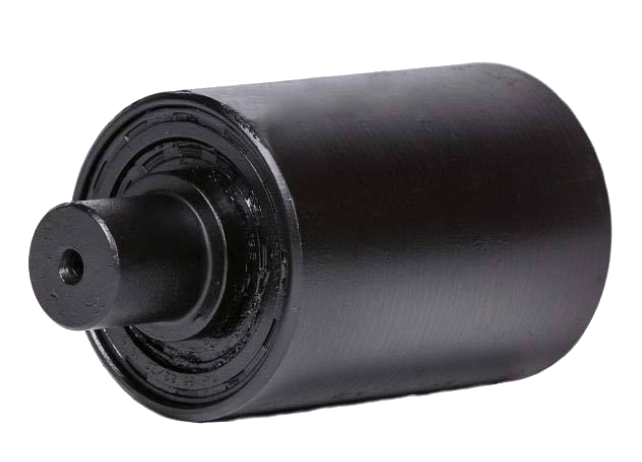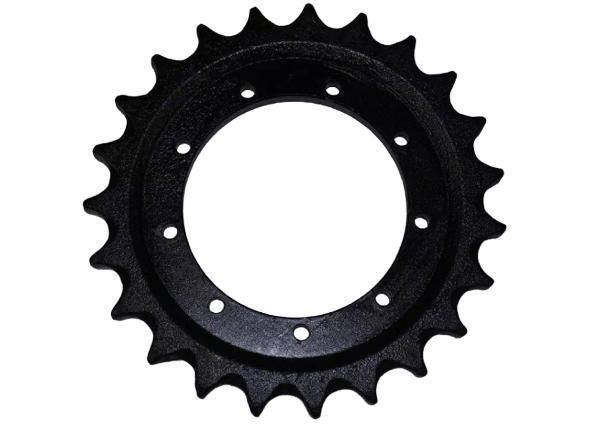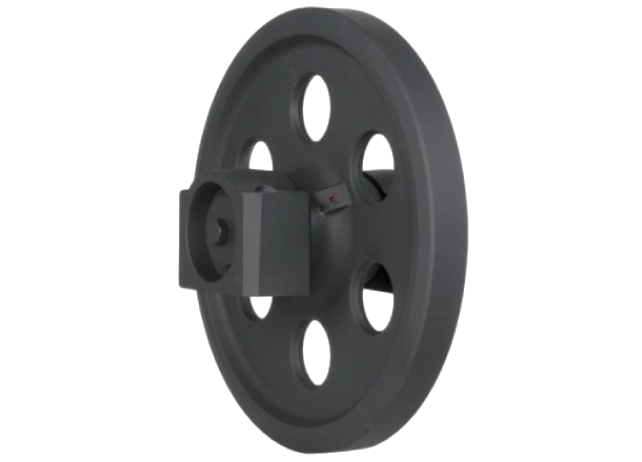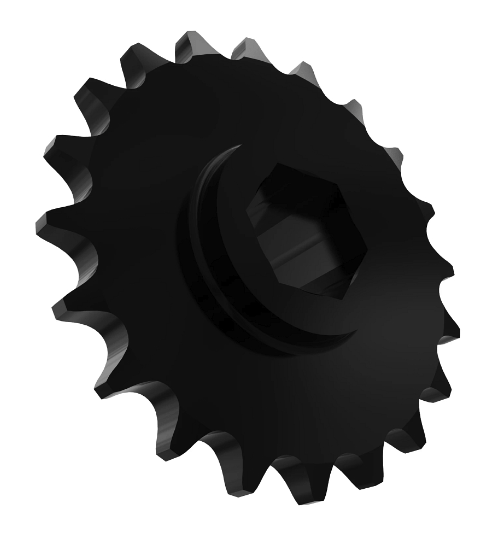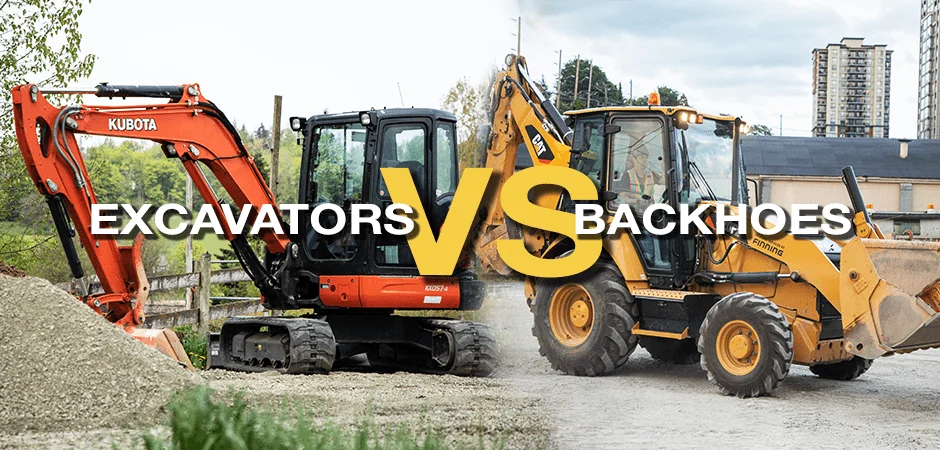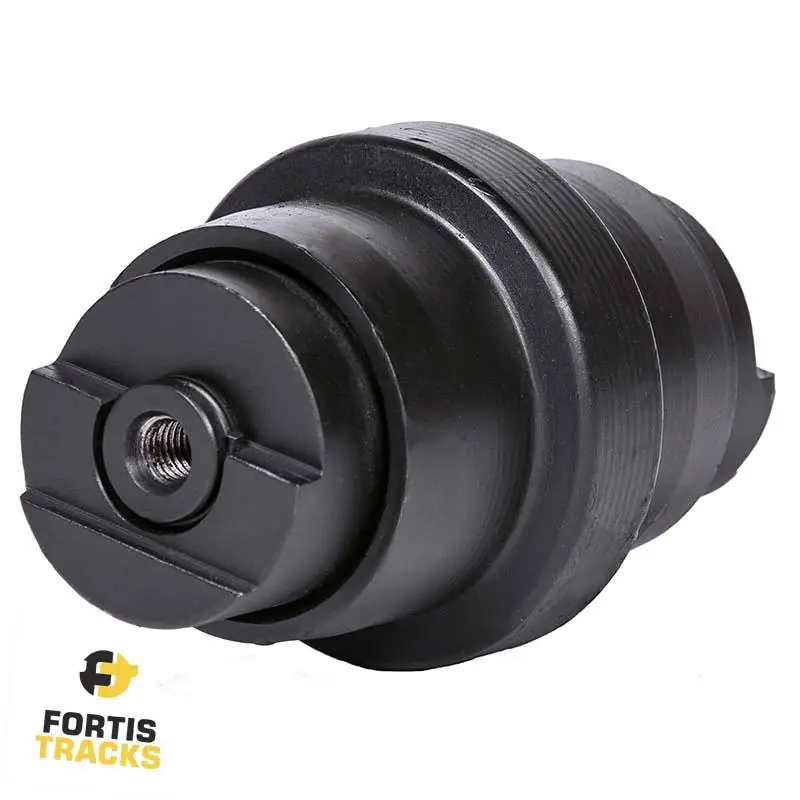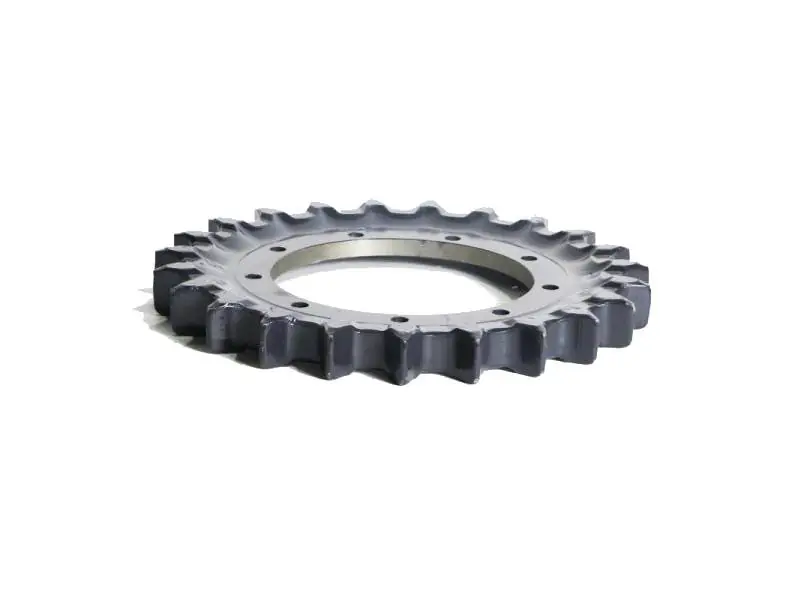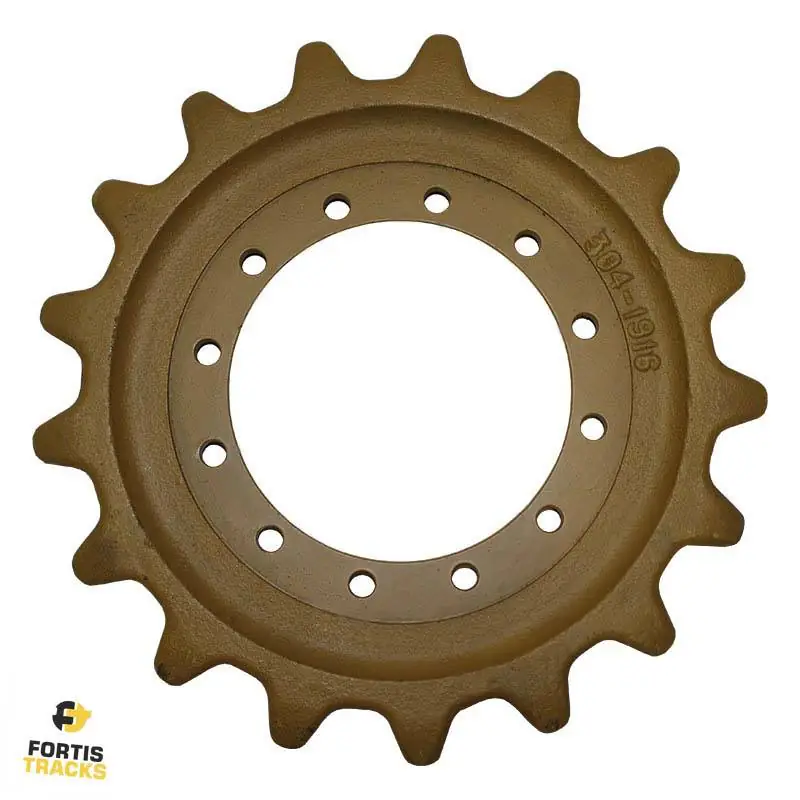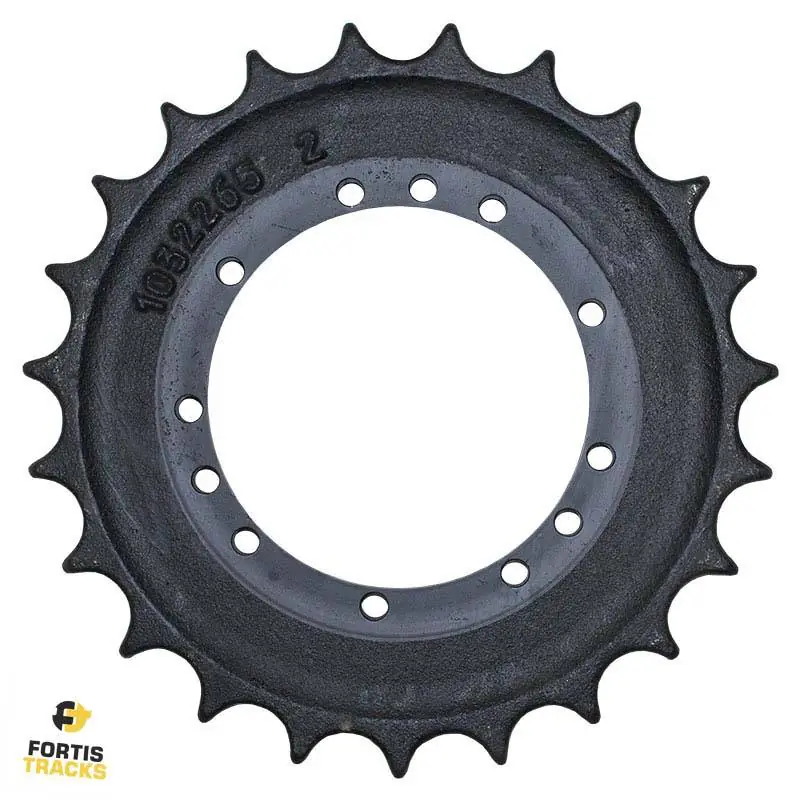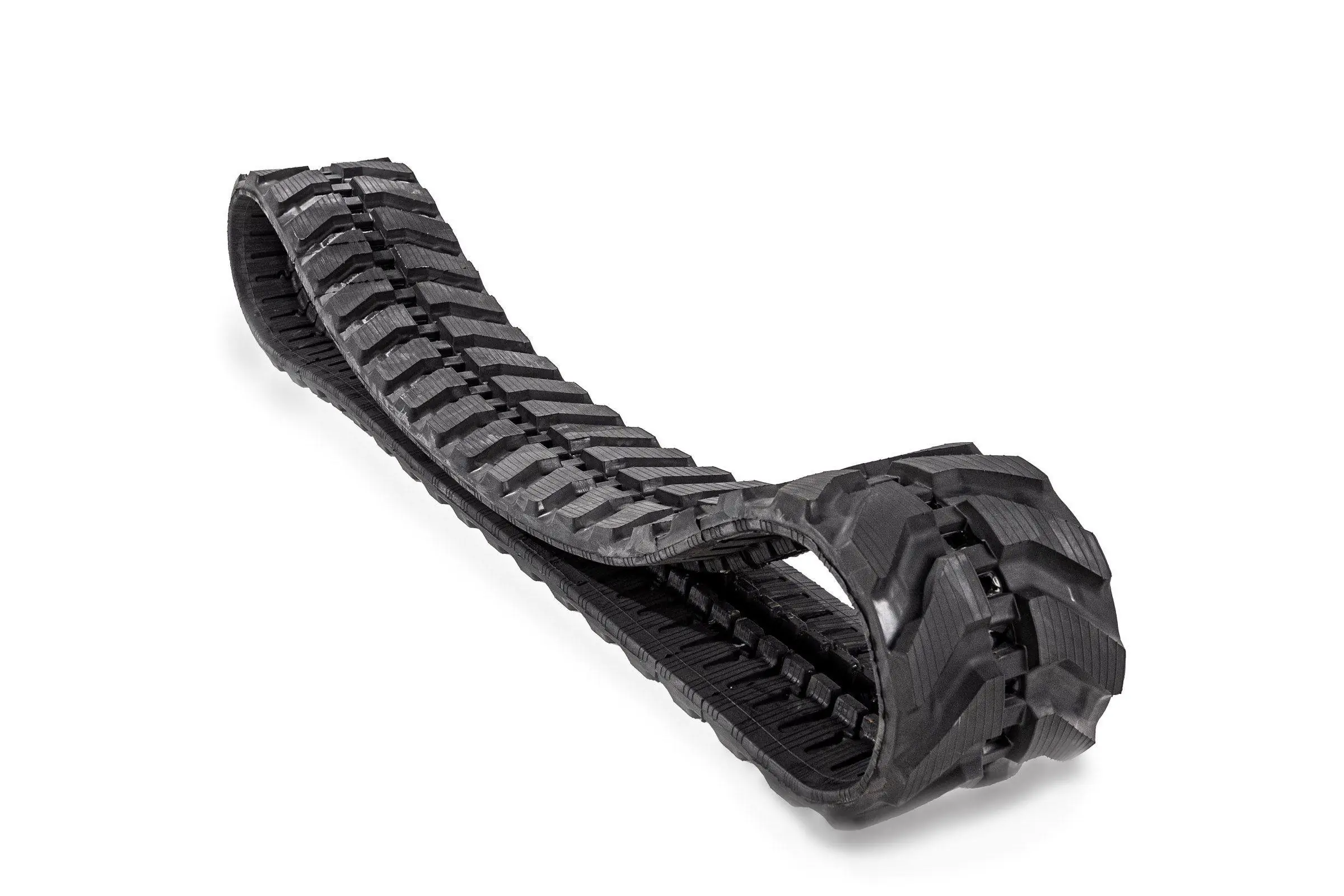Whether you are a construction professional or work in landscaping, farming, or any other job where moving earth, debris, or other heavy objects is a regular task, then two of the most invaluable pieces of machinery in your arsenal are excavators and backhoes.
Both machines possess their benefits and are produced by top names in the industry – John Deere, Komatsu, Caterpillar, Hitachi, Hyundai, Bobcat, Kubota, Mitsubishi, Volvo, and many others. Powerful, built to last and known for their operational capabilities in challenging environmental and working conditions, they can be a worthy investment for your business. Read on for a brief overview of what each piece of equipment can offer, depending on your job requirements.
Why Excavators Rule
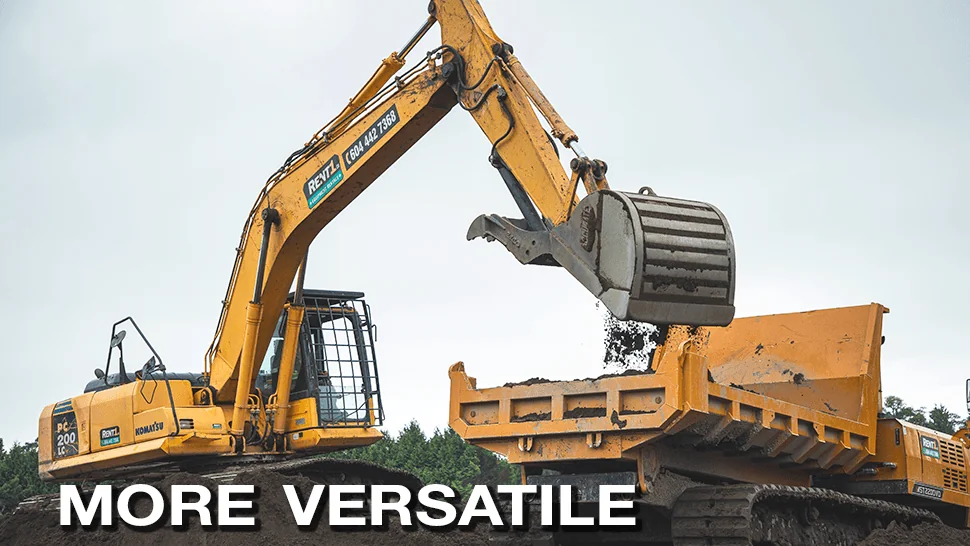
If your work needs revolve around smaller jobs (home construction and remodeling, small businesses, landscaping, agriculture), then any number of mini excavators can get the work done. Small and lightweight, these highly versatile machines offer some benefits compared to not only their bulkier cousins but also to backhoes:
- They are compact and lightweight. A model such as the John Deere 35G is ideal for minimizing ground damage due to its size and rubber tracks.
- Most compact excavators are small enough for residential applications, easily fitting between a standard double gate or single fence panel when removed. They are great for areas where space is at a premium, such as occupied parking lots or even indoors for showroom construction.
- A zero tail swing excavator features housing that does not overhang its tracks, making 360-degree operation a snap.
- Unlike backhoes, compact excavators can use optional long and extendable arms, thereby making them more useful on a site where reach is critical.
- Because of their relatively small footprint, a mini excavator like the Bobcat E32i can be transported to and from a job site more easily, often by a trailer-equipped full-size pickup or SUV.
- A compact or mini excavator such as the Hitachi ZX10U-2 is more versatile than a backhoe, as it can be equipped with many optional attachments for different jobs, like an auger, breaker, grapple, quick coupler, roller, blade, and others.
- The cabin on an excavator can rotate, giving the operator a better view of the worksite. The backhoe cabin is stationary, but its seat rotates so the driver faces whatever direction the backhoe faces.
- A compact excavator can be equipped with rubber tracks, meaning less damage to soft ground worksites. In comparison, most backhoes feature large tires that will leave a visible trail in its path.
- Most excavators, even “compact” models, can be utilized for jobs with much heavier lifting requirements.
- Because of the number of optional attachments available, a mini excavator can be used for many different types of work. A backhoe is mostly limited to digging trenches, digging holes, or moving heavy tools or objects from one location to another.
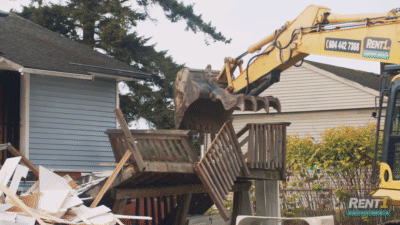
No matter your need, a compact, mid-, or full-size excavator can get the job done. Before choosing, just be sure to know the type of work being performed, the kinds of optional attachments that will be required, and any job site restrictions that would dictate what size machine to go with.
